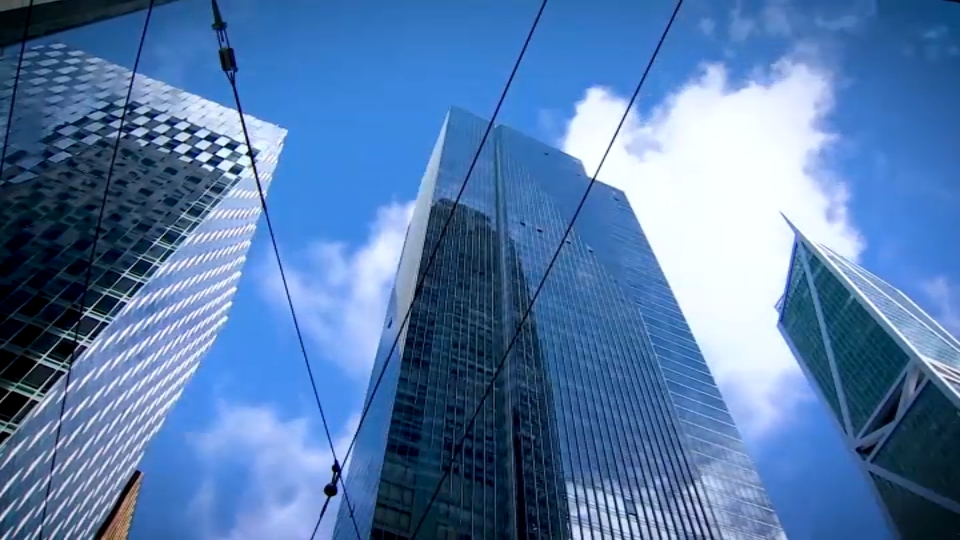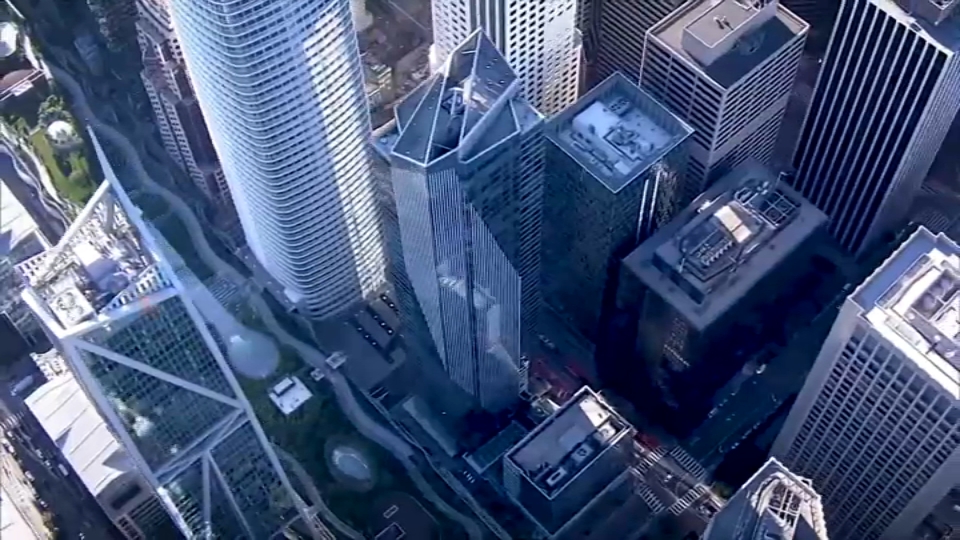San Francisco’s troubled Millennium Tower high-rise is now supported partially on one side to piles sunk to bedrock – bolstering that should assure the $100 million project will be completed without more sinking and tilting of the building, the fix’s lead engineer is telling residents.
The high-rise is currently tilting more than 29 inches at the northwest corner, about a third of that lean occurring after construction began back in 2021 on work aimed at stabilizing the building.
In an email update Saturday to residents of the building, lead fix engineer Ron Hamburger said three million pounds of the building’s weight along the Mission Street side is supported by six piles that extend down to bedrock on the north side. That is about half the load the Mission Street piles will ultimately carry, he said.
The goal for now, he said, is to stabilize the tower’s north side so crews can dig much more to extend the foundation along the west side of the structure along Fremont Street. Ultimately, the building will be tied to 18 piles already sunk to bedrock, six on Mission and the balance on Fremont Street.
Get a weekly recap of the latest San Francisco Bay Area housing news. Sign up for NBC Bay Area’s Housing Deconstructed newsletter.
“The purpose of this first stage of loading” Hamburger explained in his e-mail to residents, “is to stabilize the building during the remaining construction, including the excavation along Fremont street to tie in the 12 piles already installed last year to bedrock.”
Hamburger told residents he expects that just taking some weight off the building along Mission “would slow substantially, if not stop” more settlement, adding that preliminary data shows the early phase “has been successful and exceeded the engineering team’s projections.”
Once work is done extending the foundation along Fremont, crews are going to transfer 15 million pounds of weight onto the dozen piles along the west side of the tower, Hamburger said.
Computer models designed to predict behaviorproject that the work will offset about 4.5 inches of lean at the northwest corner if all goes to plan.
But Harry Poulos, an internationally recognized tall building expert, stresses that even if the fix works as planned it will offset less than half the 10 inches of tilting caused during the fix work.
“I don't think there's any cause for optimism here,” Poulos said, adding: “Because it's like in a medical procedure where you think you're fixing the patient, and you, in fact, do something wrong and you actually make him worse.”
But Hamburger stresses the primary goal of the project has always been to ultimately stabilize the structure. Offsetting tilt, he said, has been a secondary goal.
The project is currently expected to be wrapped up by September of this year, Hamburger now says.



